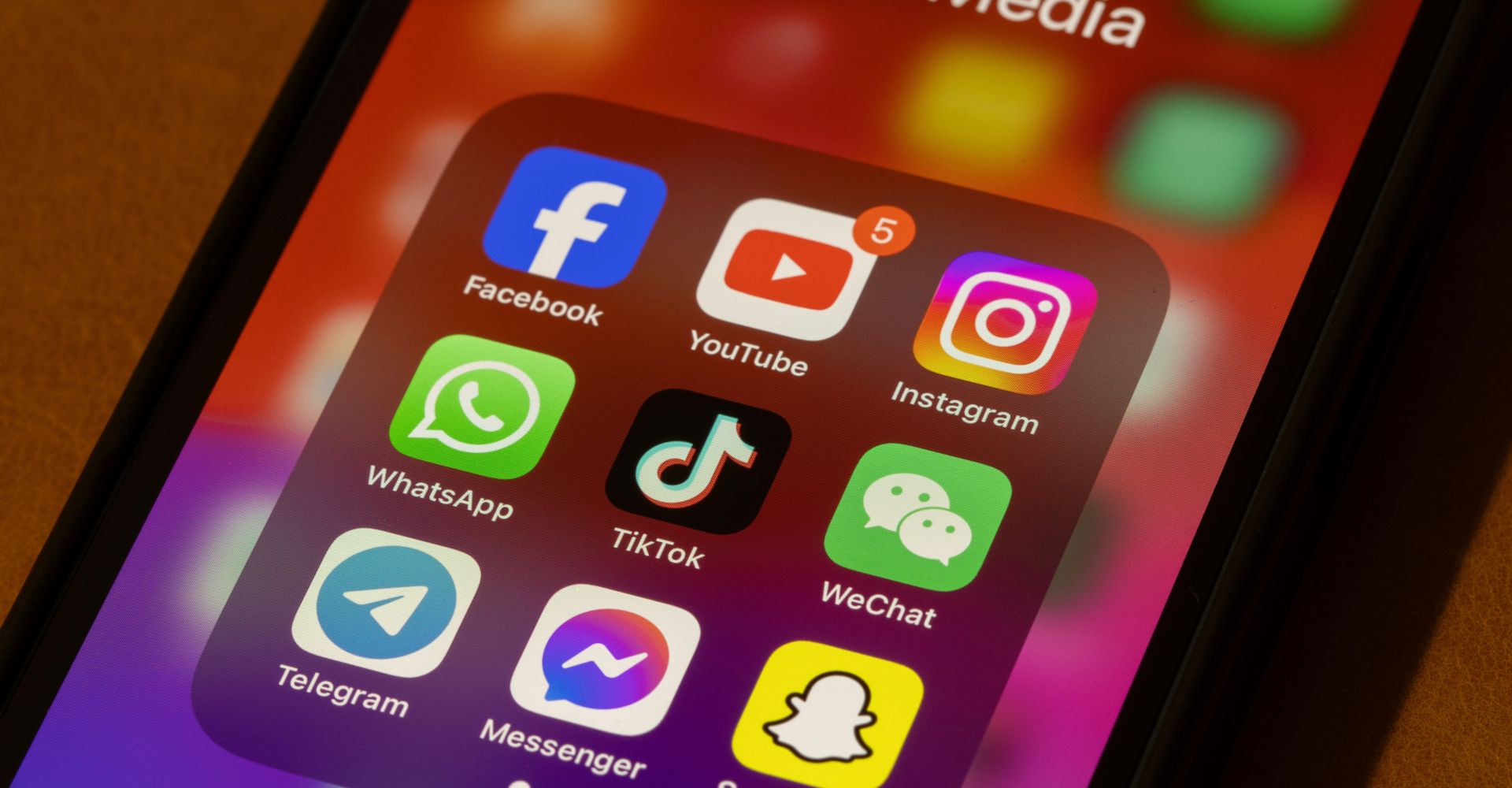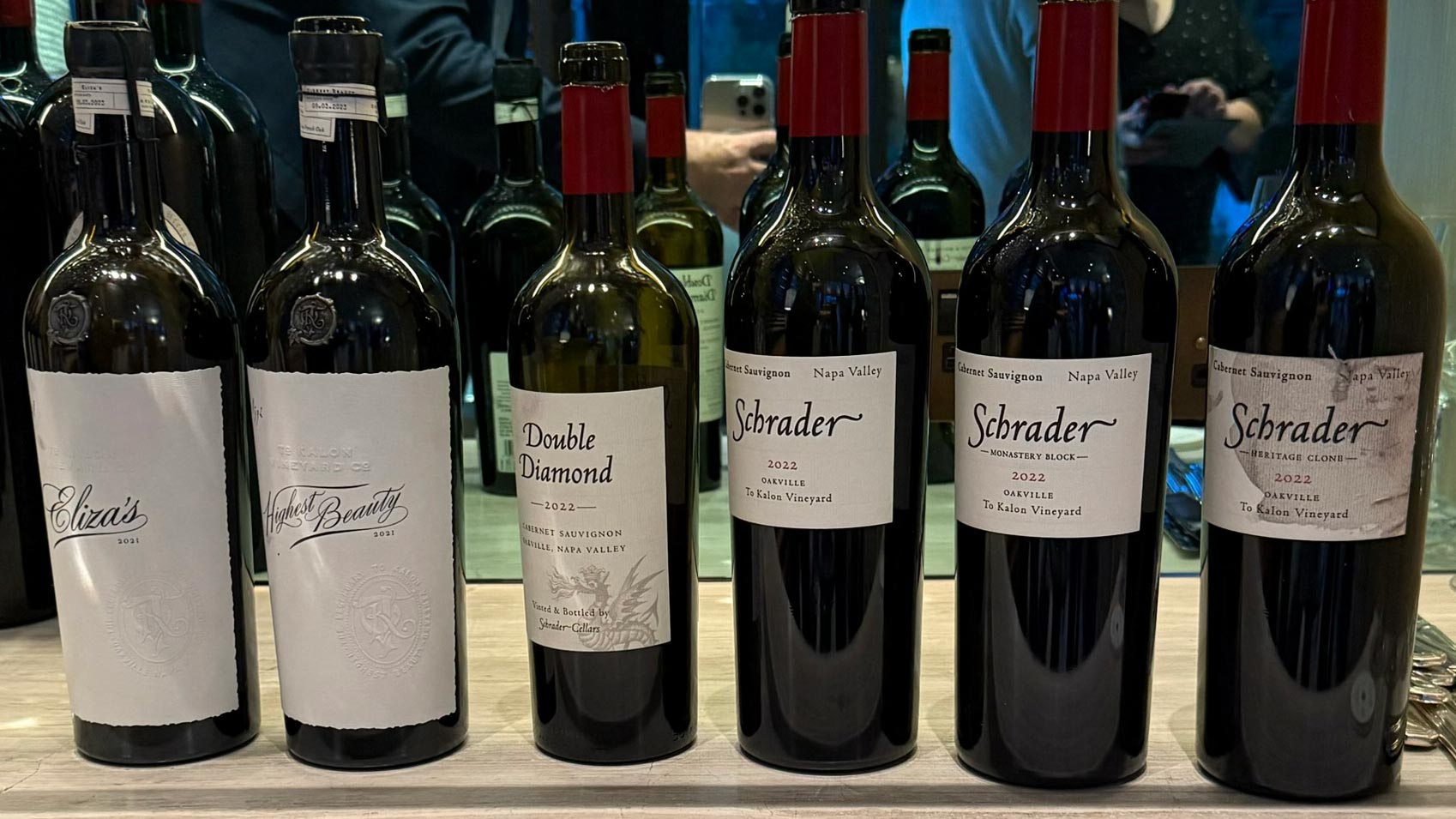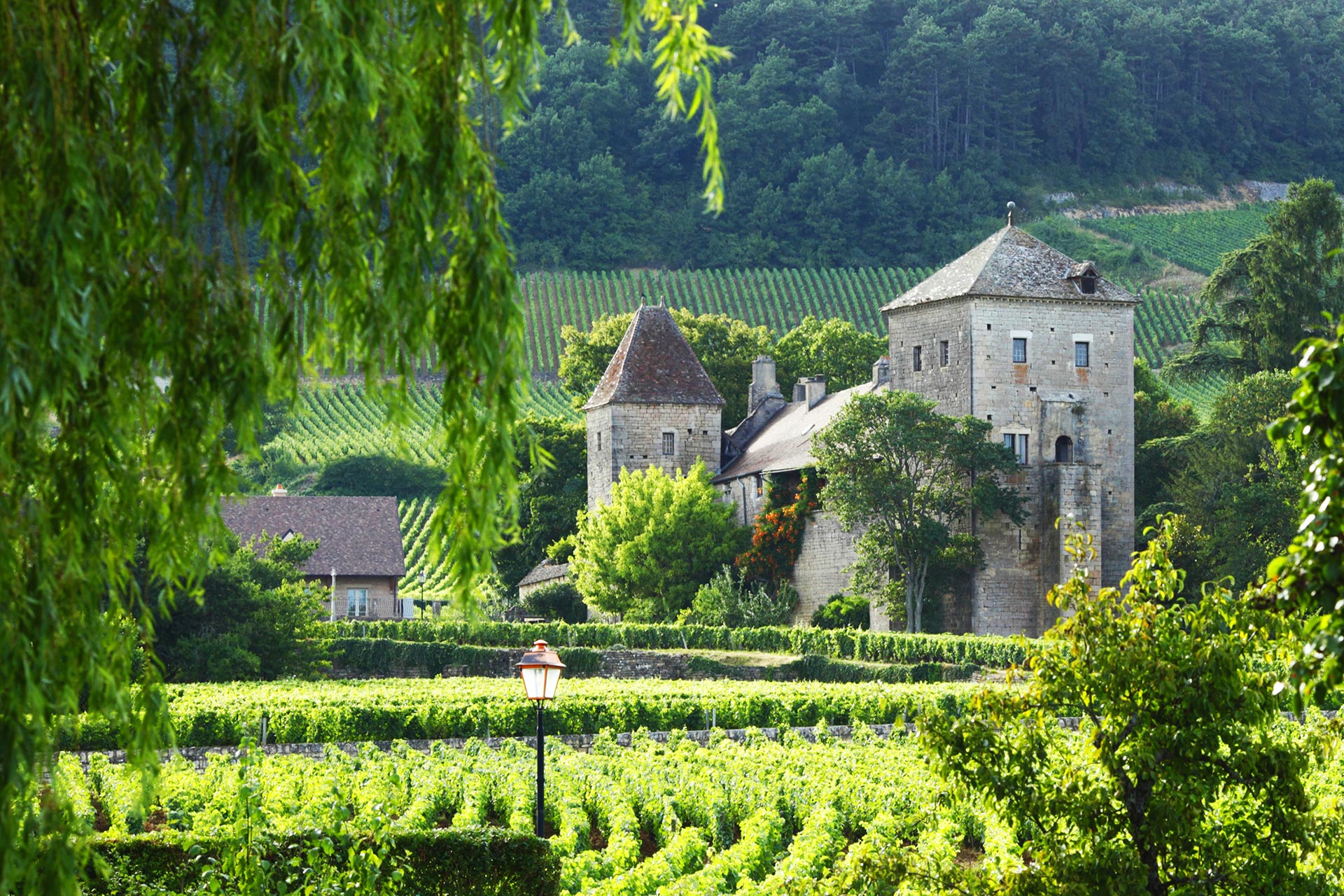Wine Social Media Marketing: Savvy Strategies for Success in the Wine Industry 🍷
In a digital world overflowing with wine imagery and tasting tips, wine social media marketing offers vineyards, online retailers, and tasting rooms a chance to stand out and connect with true wine lovers. From telling brand stories to boosting sales, mastering the digital grapevine requires authenticity, creativity, and strategy. Here’s your full-bodied guide—oaky, vibrant, and commercially crisp—on leveraging social media to raise your glass to success.
1. Know Your Audience: Who’s Drinking Online?
Effective wine social media marketing starts with knowing your audience better than you know your own sommelier’s favourite Chardonnay.
- Demographic insights: Millennials and Gen Z lean heavily into visual platforms like Instagram and TikTok, drawn by striking imagery, behind‑the‑scenes clips, and playful wine memes.
- Taste clusters: Separate your followers by interests—sparkling wine lovers, organic wine fans, or budget-conscious bottle buyers—and tailor your content accordingly.
- Consume habits: Research shows 70% of consumers say social content influences at least one step of their wine-buying journey. That’s a lot of swirl and sniff happening behind a screen.
Without understanding who’s watching, your posts are just pretty pictures in an echo chamber.
2. Platform Focus: One Size Doesn’t Fit All
Each platform offers a unique stage for wine social media marketing—so choose wisely.
Ideal for high‑impact, visual storytelling. Use:
- Carousel images of vineyard seasons.
- Reels showing harvest, barrel tasting, or food pairings.
- IG Live events: host virtual tastings or Q&A sessions with winemakers.
TikTok
Perfect for playful, binge-worthy bites of wine culture:
- 15–30 second “Wine hacks” or “A day in the vineyard” clips.
- Challenge formats (e.g., bottle pop reactions or blind tastings).
- Trending audio overlays for pop cultural relevance.
Great for regional reach and community engagement:
- Event promotion (tastings, winery tours, online masterclasses).
- Facebook Groups for loyalty and discussion (e.g., Wine of the Month Club).
- Shoppable posts for direct-to-consumer sales.
Pinterest & LinkedIn
- Pinterest: Perfect for evergreen content—wine pairing infographics, guides on sustainable wine.
- LinkedIn: Ideal for B2B engagement—collaborations with trade buyers, events, or sustainability credentials.
Craft a platform strategy—wine social media marketing is more than posting everywhere; it’s posting smart.
3. Content that Populates Palates—and Profit
At the heart of wine social media marketing lies content that not only looks good but tastes like value.
A. Visual Storytelling
- Share minute-long Reel of harvest season, barrel aging, and bottles being filled.
- Post close‑up imagery of bottles with a rustic vineyard backdrop.
- Highlight people—growers, pickers, winemakers—giving emotional texture to your brand.
B. Interactive Engagement
- Run polls: “Rosé or Sparkling for summer brunch?”
- Do AMA sessions with winemakers.
- Replace dull trivia with “Guess the varietal from the tasting notes.”
C. User-Generated Content (UGC)
- Repost customers sharing photos of your wines.
- Offer branded hashtags (e.g., #SipSussexSparkling).
- Host a photo contest—“Best tasting table at home.”
D. Educational Value
- Post reels or infographics like “3 Ways to Taste Like a Pro” or “ABV vs. Sustainability.”
- Host virtual pairing guides synced to real events or holiday seasons.
- Share vineyard sustainability actions or winemaking philosophies.
This kind of content builds culture, trust, and brand loyalty—while giving people plenty of reasons to share.
4. Influencer Collaborations & Paid Social Campaigns
An influencer is like a trusted friend—introducing bottles into conversations without shouting.
Influencers
- Opt for micro-influencers (10K–50K followers) whose audiences are authentic and engaged.
- Collaborate on content like “Taste Test Tuesday” reels or live vineyard visits.
- Use influencer takeovers on your IG Stories to widen reach.
Paid Social Ads
Boost your content—especially high-performing posts—to reach ideal audiences.
- Use Facebook Lookalike Audiences based on your top customers.
- Include clear CTA buttons: “Shop Now,” “Book Tasting,” or “Join Club.”
- Test different creatives: carousel vs. video, promo vs. storytelling.
- Measure engagement, clicks, and conversions—and shift budget to your top performers.
Together, influencers and paid amplifications elevate your wine social media marketing beyond your follower count.
5. Consistency and Community
Wine social media marketing thrives on rhythm and relationship.
- Content calendar: Plan ahead—know when to post about harvest, Christmas, or special events.
- Visual consistency: Maintain a consistent brand look—filter style, tone, packaging aesthetics.
- Prompt engagement: Respond to comments in a brand‑voice style. Celebrate user posts.
- Reward loyalty: Offer followers exclusive swag, early‑access tastings, or discount codes.
You’re not collecting followers—you’re nurturing a community of real wine fans.
6. Tracking Success: Pour Over the Data
If you can’t measure it, you can’t improve it.
Metrics to Monitor
- Reach and Impressions: How many people saw your content?
- Engagement rate: Likes, comments, shares per post.
- Click‑throughs & Website Traffic: Track how many visitors came from social.
- Conversion Events: Track sign-ups, purchases, tasting bookings.
- Follower Quality: Are they in your key markets? Are they buying?
Use insights tools native to each platform plus Google Analytics to build a clear ROI picture.
Apply Learnings
- Identify top-performing content by format, topic, or tone—and do more of it.
- Reassess underperforming posts to adjust tactic.
- Use split-testing (e.g., thumbnail, caption length, CTA placement).
Continuous refinement keeps your wine social media marketing fresh and impactful.
7. Compliance & Responsible Posting
Don’t let a great post turn into a regulatory misstep.
- Ensure age restrictions are in place across profiles and paid ads.
- Wherever required (e.g., UK, US), include responsible drinking messages or assets.
- Avoid claims like “healthy” or “low-calorie” unless verified.
- Be attentive to each platform’s alcohol and contest policies—you don’t want your account silenced.
Better safe—and legally compliant—than sorry.
Final Sip
To win at wine social media marketing, your brand must do more than broadcast—it needs to engage, educate, and inspire. It’s about blending eye-catching visuals with authentic stories, real people, and meaningful interactions.
The recipe?
- Know your drinkers.
- Pick platforms that match your audience and content format.
- Serve content with flavor—visuals, stories, education.
- Amplify with influencers and ads.
- Engage consistently and track thoroughly.
- Comply with regulations and promote responsibility.
When executed correctly, your social channels become vineyards of loyal fans—each one primed to taste, share, and come back for more.
Ready to harvest the power of wine social media marketing? Let me help you build a content calendar, storyboard your first Reel, or plan that influencer activation. Here’s to pairing your brand with success—cheers to that!



